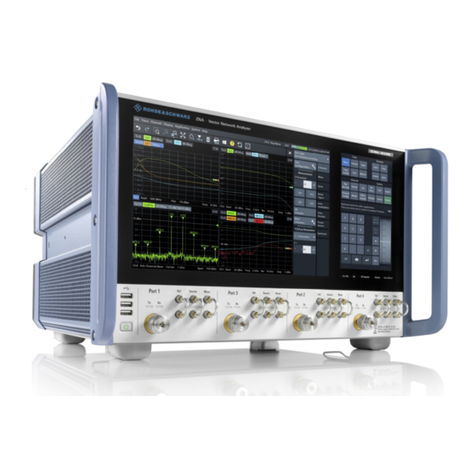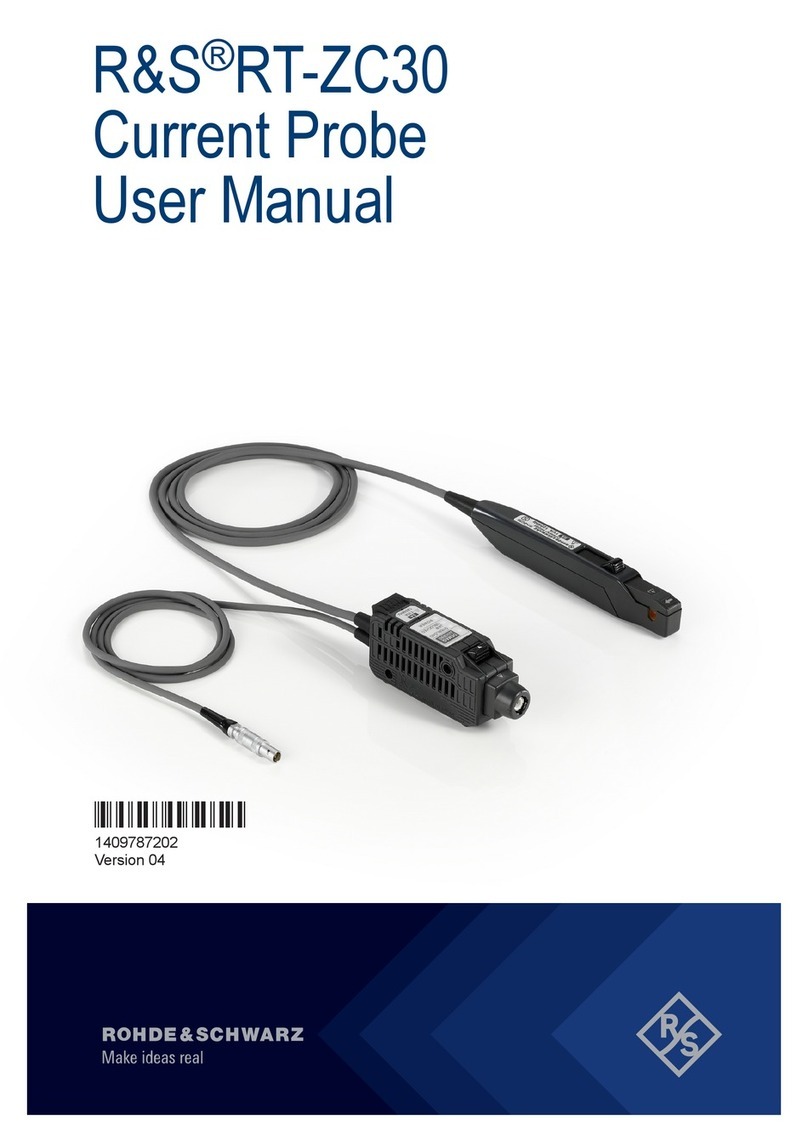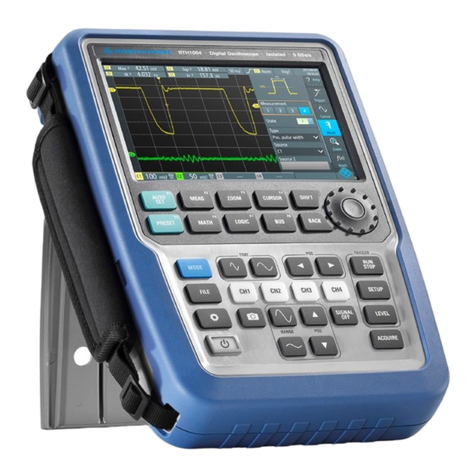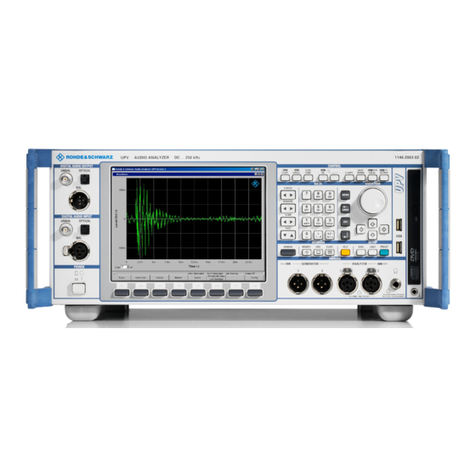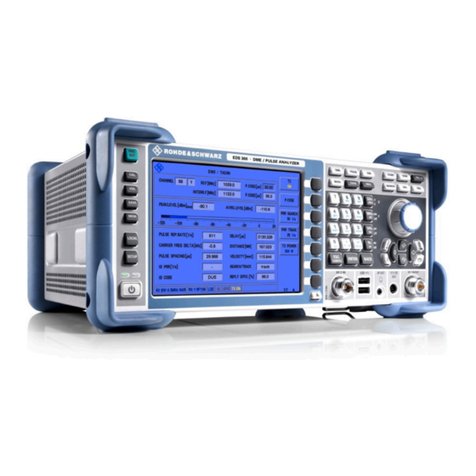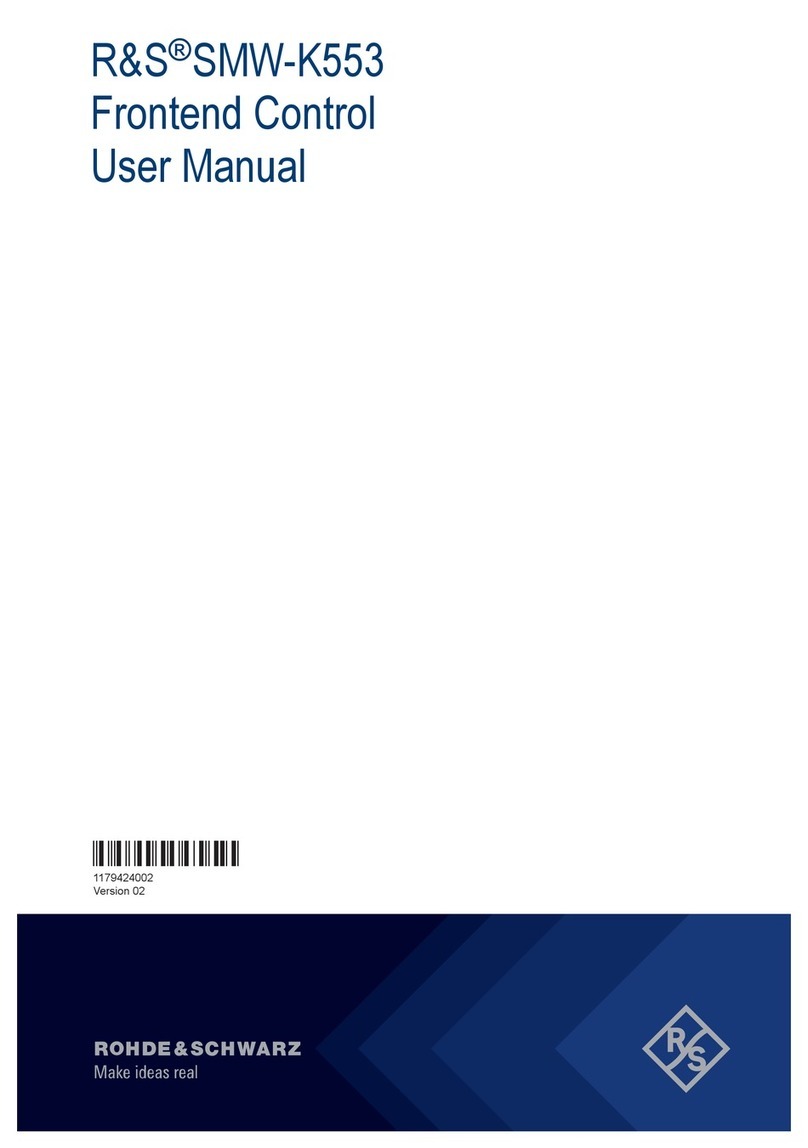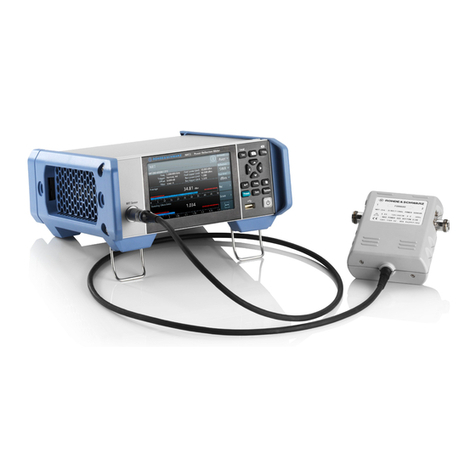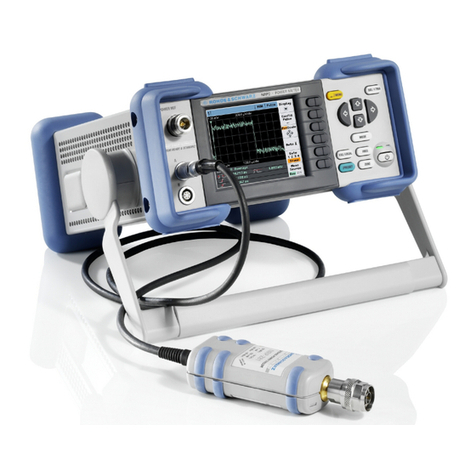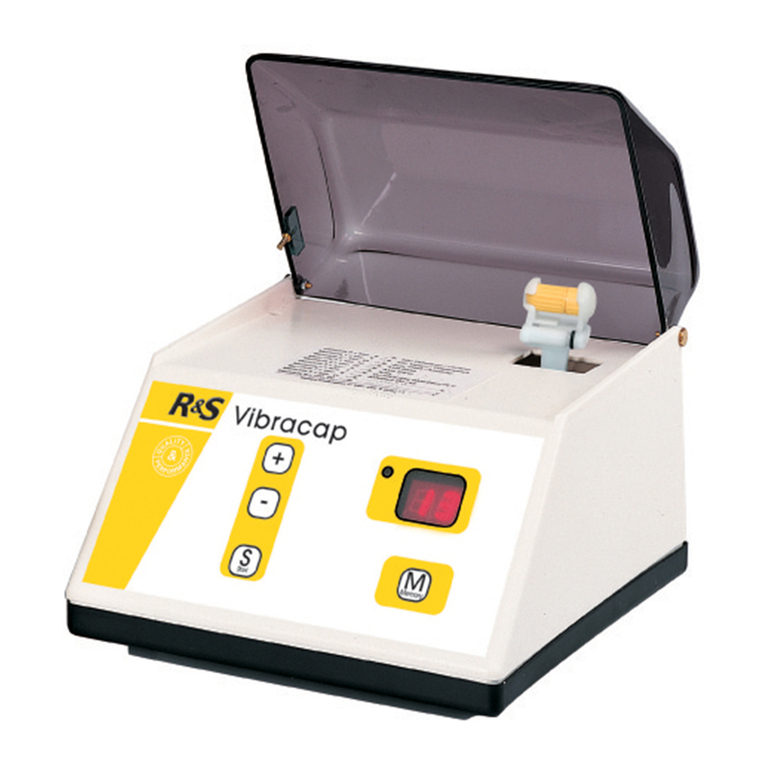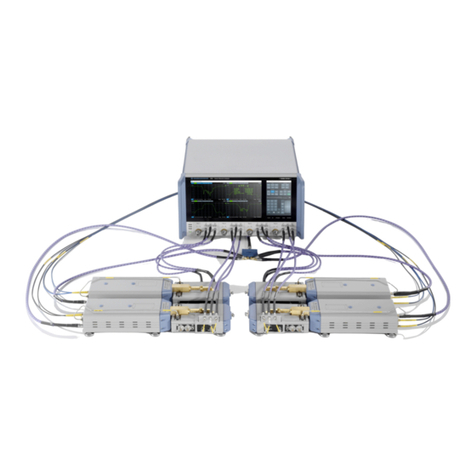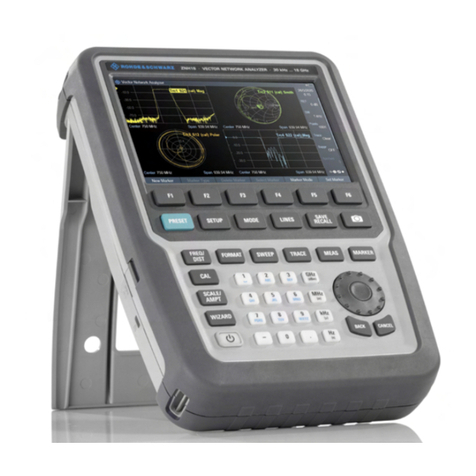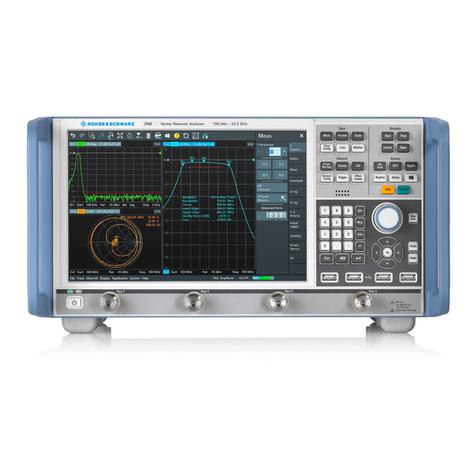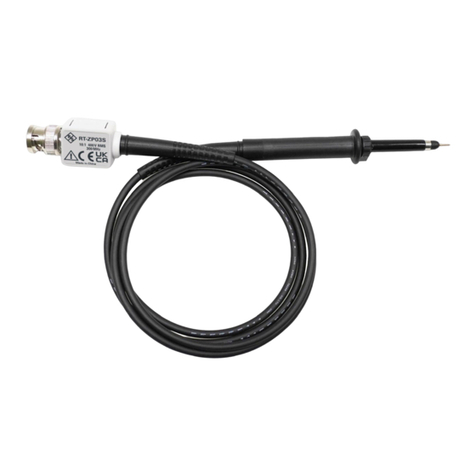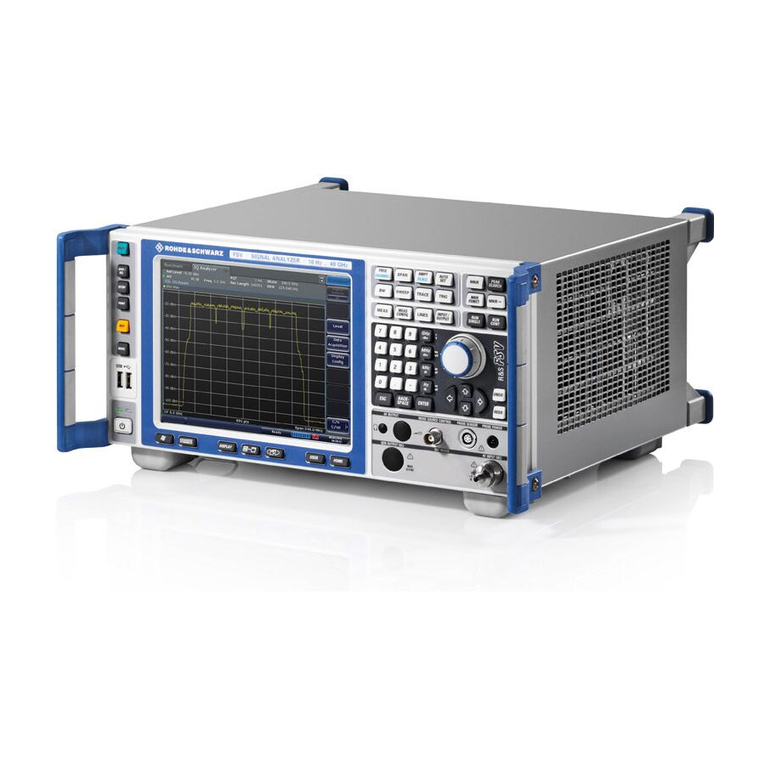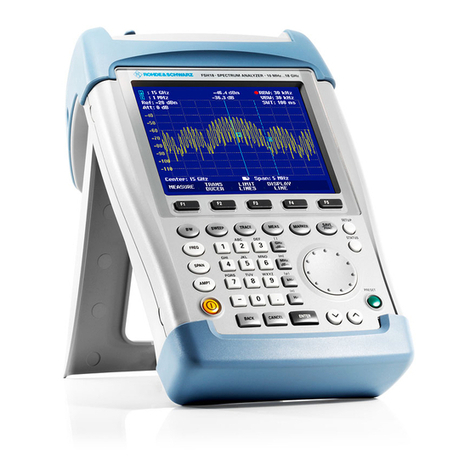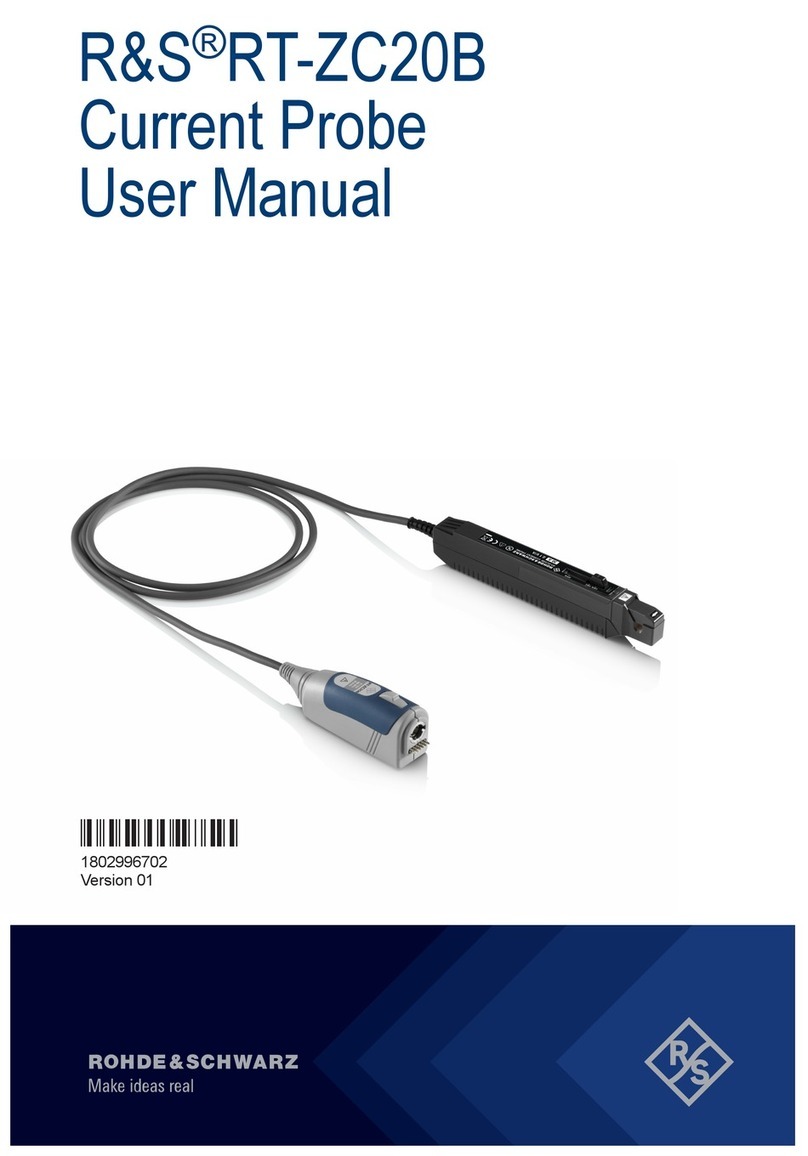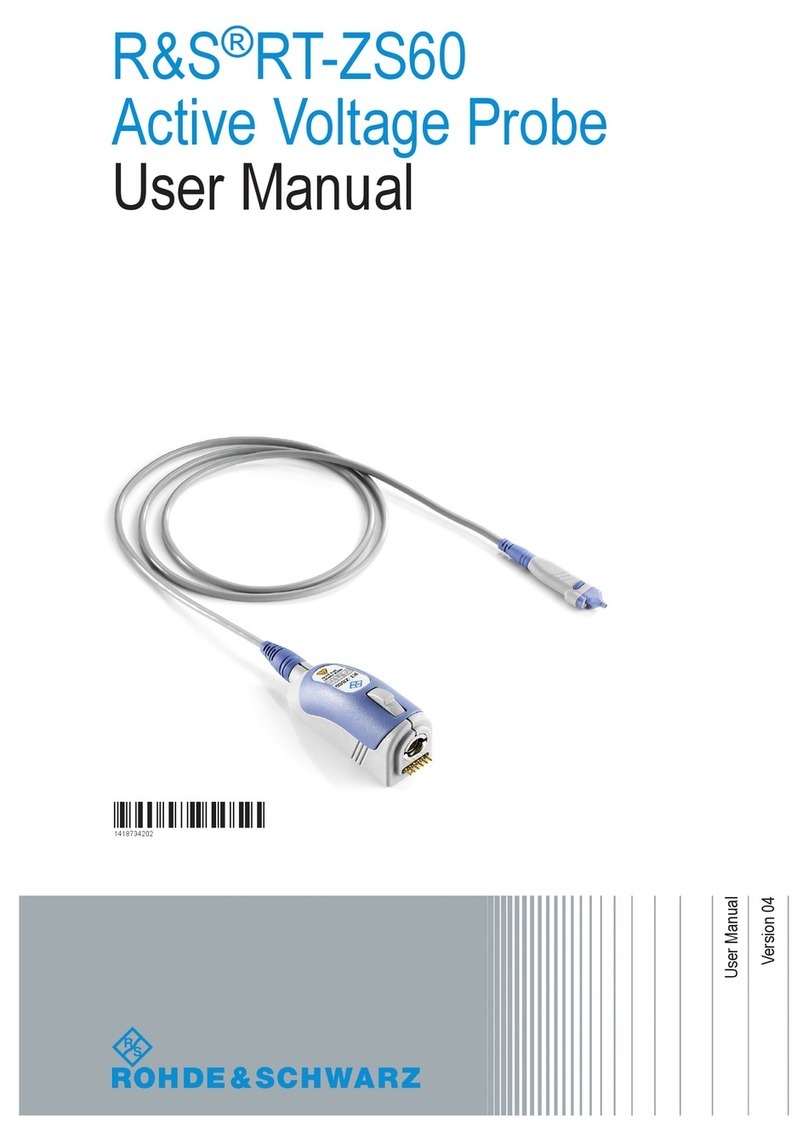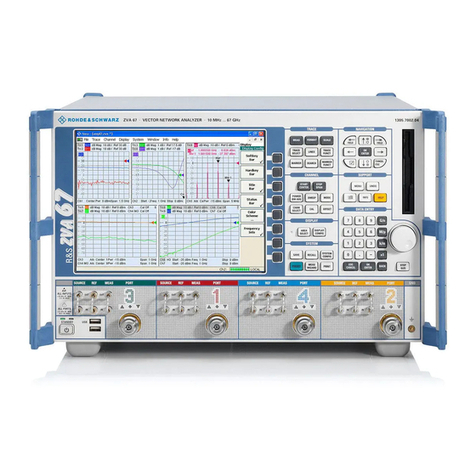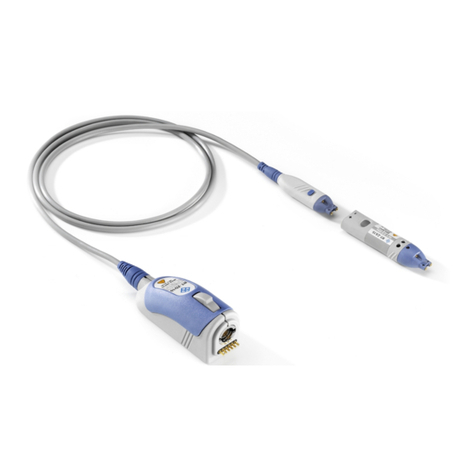
Contents
R&S®ZVAX-TRM
3User Manual 1325.1268.02 ─ 04
Contents
1 About the Extension Unit...................................................................... 5
1.1 Features......................................................................................................................... 5
1.2 Documentation Overview............................................................................................. 7
2 Building Blocks and RF Signal Flow....................................................9
2.1 Pulse modulators........................................................................................................ 10
2.2 Output Amplifiers........................................................................................................10
2.3 Broadband Combiners............................................................................................... 10
2.4 Direct Generator/Receiver Access............................................................................ 11
2.5 RF Signal Flow (w/o combiners)................................................................................11
3 Preparing the Extension Unit for Use................................................ 13
3.1 Safety Instructions......................................................................................................13
3.2 Front Panel Tour......................................................................................................... 14
3.2.1 Standby Key..................................................................................................................14
3.2.2 USB Connectors........................................................................................................... 15
3.2.3 RF Connectors.............................................................................................................. 15
3.2.4 Front Panel Indicator LEDs........................................................................................... 16
3.3 Rear Panel Tour...........................................................................................................16
3.3.1 Mains Connector and Switch........................................................................................ 16
3.3.2 USB FROM NWA..........................................................................................................16
3.3.3 USB...............................................................................................................................17
3.3.4 CASCADE IN................................................................................................................ 17
3.3.5 EXT PULSE GENERATOR IN / OUT........................................................................... 17
3.4 Putting the Extension Unit into Operation................................................................18
3.4.1 Unpacking and Checking the Extension Unit................................................................ 18
3.4.2 Instrument Setup...........................................................................................................19
3.4.3 Bench Top Operation.................................................................................................... 19
3.4.4 Mounting the extension unit in a 19'' Rack....................................................................21
3.4.5 Connecting the extension unit to the R&S ZVA/ZVT.....................................................22
3.4.6 EMI Protective Measures.............................................................................................. 23
3.4.7 Connecting the Extension Unit to the AC Supply..........................................................23
3.4.8 Power on and off........................................................................................................... 23













